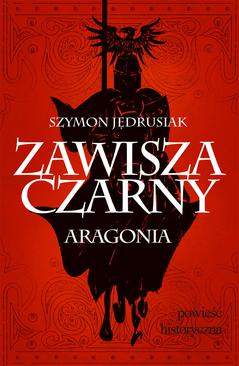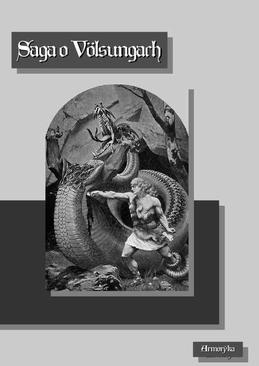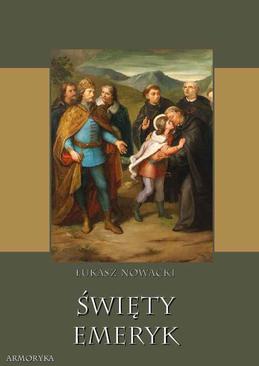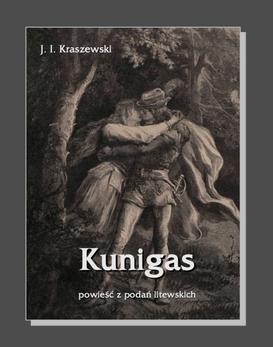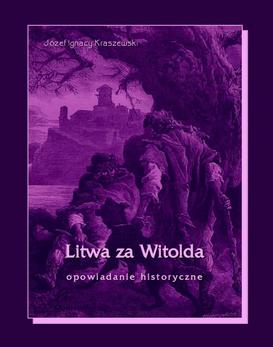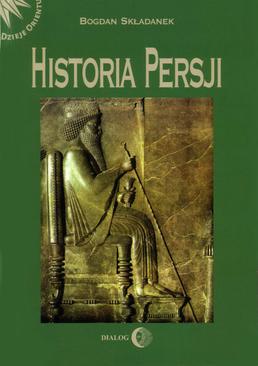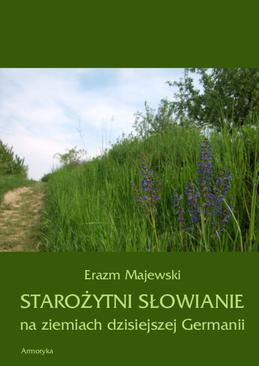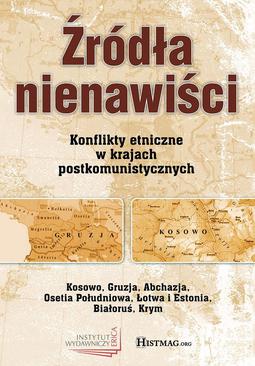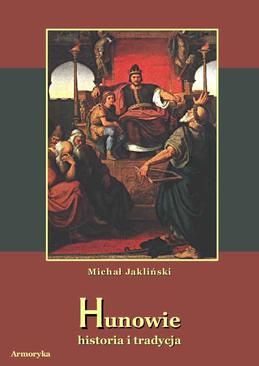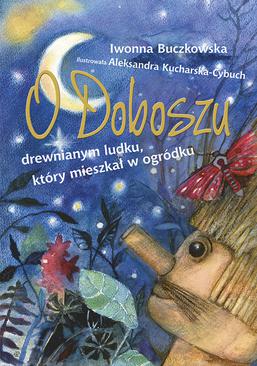
Dux fabulosus
O tradycji historiograficznej osnutej wokół postaci Leszka Czarnego od „Gesta Lestkonis” do dzieł Bartosza Paprockiego
- ebook , historia , historiografia, średniowiecze, Jan Długosz, historiography, Middle Ages, chronicles, Leszek Czarny, kronikarstwo
5,0
- Autor:
Paweł Żmudzki
- Wydawnictwo:
Wydawnictwa Uniwersytetu Warszawskiego
- ISBN:9788323558057
- Format:PDF + MOBI + EPUB
40,76 zł
Produkt niedostępny
Publikacja została poświęcona problemowi kreowania historiograficznego wizerunku księcia Leszka Czarnego od czasów mu współczesnych do schyłku XVI wieku. W dwóch dziełach Bartosza Paprockiego – "Gnieździe Cnoty" i "Herbach rycerztwa polskiego" – Leszkowi Czarnemu przypisana została zupełnie wyjątkowa rola, co Autor, prezentując meandry tradycji historiograficznej, usiłuje wyjaśnić. W tym celu podejmuje próbę dookreślenia hipotetycznego źródła, które powstało na dworze księcia ("Gesta Lestkonis"), a także analizuje historiograficzne zabiegi Jana Długosza i jego autorski pomysł na wizerunek władcy. Badacz omawia ponadto obraz relacji Piasta z krakowską gminą miejską, który odegrał szczególną rolę w XVI-wiecznej tradycji.
******
Dux fabulosus. On Historical Tradition Surrounding Leszek Czarny from „Gesta Lestkonis” to the Works of Bartosz Paprocki
The publication is devoted to the problem of creating the historical image of the prince Leszek Czarny from his times to the end of the 16th century. In two books by Bartosz Paprocki: “The Nest of Virtues” and “The Heraldic Arms of the Polish Knighthood”, Leszek Czarny was provided with an absolutely vital role, which the author of this book attempts to explain, showing the meanders of historiographical tradition. To this end, he tries to determine the hypothetical source that was created at the court of the prince (Gesta Lestkonis) and analyses historiographical efforts of Jan Długosz and his original idea for the image of the ruler. The author also discusses the image of Piast’s relations with the municipality of Cracow, which played a significant part in the 16th-century tradition.


